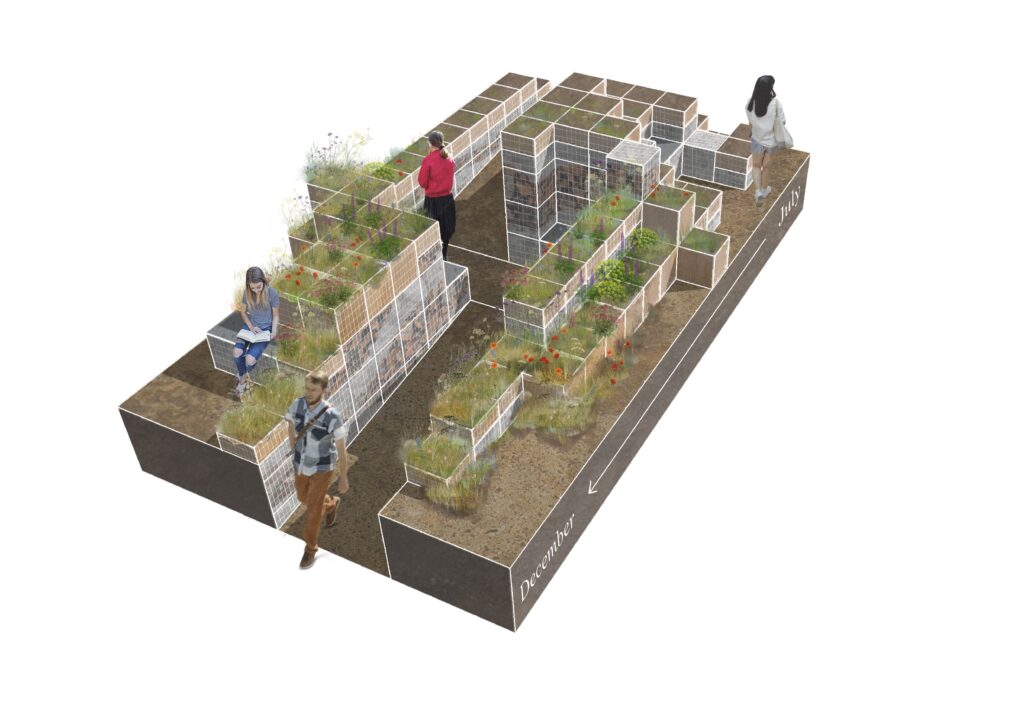 En
En
- Festival
- V edition
- Botanical Park
- Previous editions
- Activity
- Presentation of the 5th edition
- Salone del mobile – 11 aprile 2025
- Presentation: The Garden of Plants, at Librerie Cavallotto
- Garden in Movies
- Presentation of the 5th edition
- Call for Volunteers 2024
- Open2024
- Il Palmeto – The Palm grove
- Call for Ideas 2024
- Garden Appointments
- Taking garden design inspiration from the wild landscape of Sicily
- Call for Volunteers 2023
- Call for Ideas Keep Alive fhe Sense of Wonder
- Plan your visit
- Press Area
 En
En
- Festival
- V edition
- Botanical Park
- Previous editions
- Activity
- Presentation of the 5th edition
- Salone del mobile – 11 aprile 2025
- Presentation: The Garden of Plants, at Librerie Cavallotto
- Garden in Movies
- Presentation of the 5th edition
- Call for Volunteers 2024
- Open2024
- Il Palmeto – The Palm grove
- Call for Ideas 2024
- Garden Appointments
- Taking garden design inspiration from the wild landscape of Sicily
- Call for Volunteers 2023
- Call for Ideas Keep Alive fhe Sense of Wonder
- Plan your visit
- Press Area
The Garden Of The Antropocene
Gardens are often designed with the end product in mind – a pictorial vision the gardener seeks to implement and control. Maintenance is required to sustain this vision, without which it will be transformed by site processes that exert their influence over the garden.
The current environmental crisis is the result of a similar attempt to impose control over the landscape without working with its underlying natural systems. How can the challenges of global climate change prompt the designer to re-think the garden? We propose an approach that allows for a greater influence of site conditions, and consciously reduces the control of the garden designer. The result is a partially curated space in which dynamism is celebrated rather than suppressed. Genesis, deterioration and rebirth unfold as part of the design.
Seeds of various plant species are selected for their seasonal interest and ability to perform well on disturbed sites. As a medium, seeds evoke the notion of life emerging from a stark environment. They showcase the beauty of transformation and the emergence of natural form. Seeds are the means by which populations move, containing the genetic variation necessary for adaptation to changing environments. In this way we understand seeds to be the agents of change and evolution in plants.




